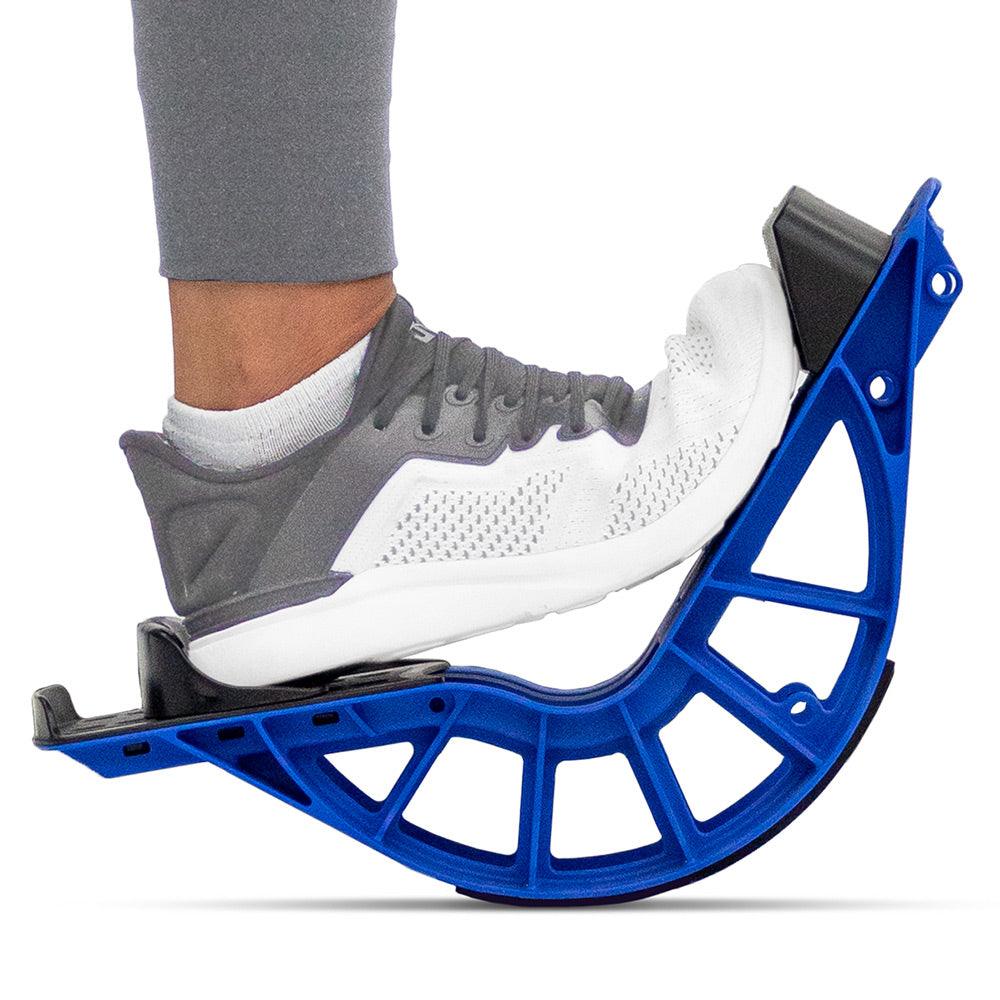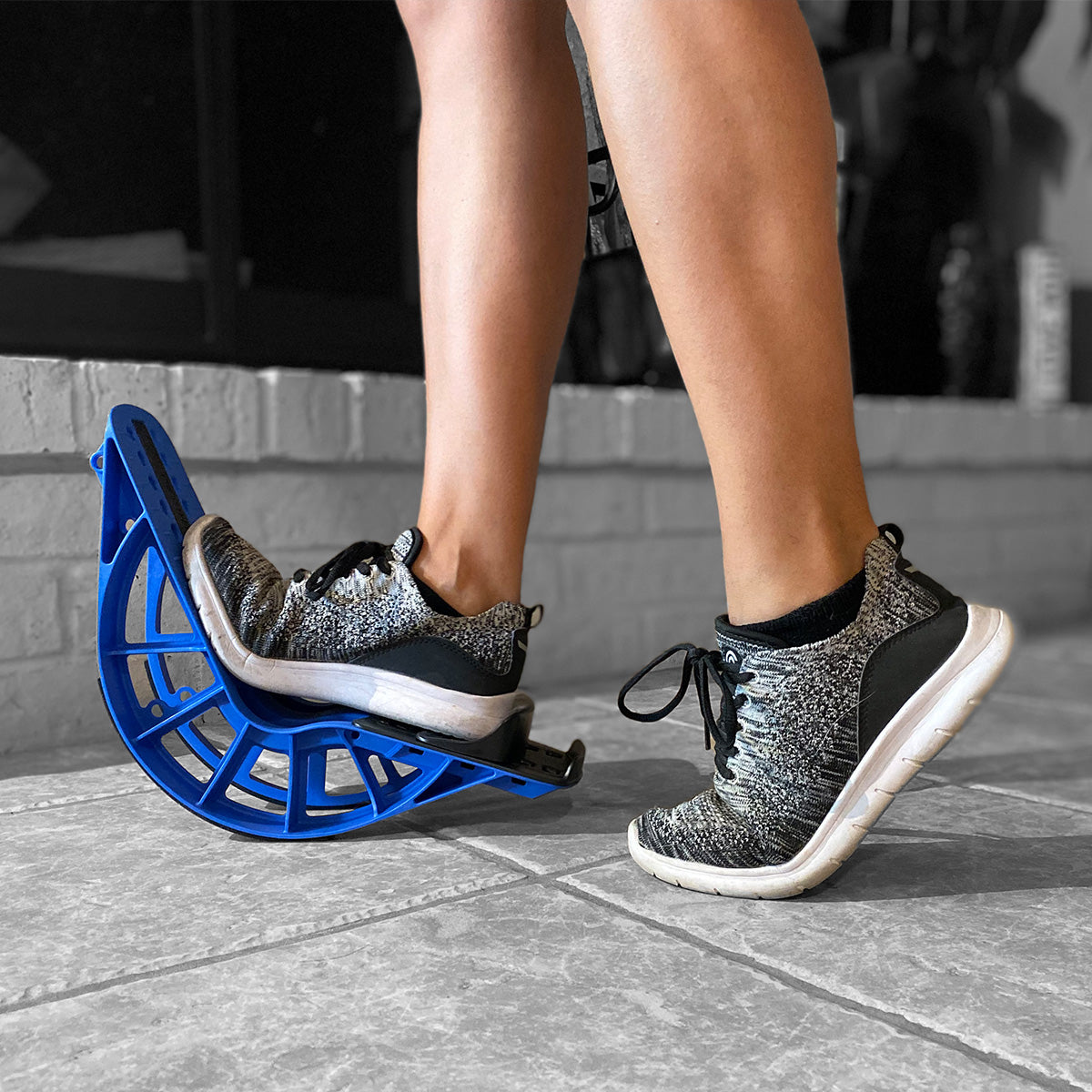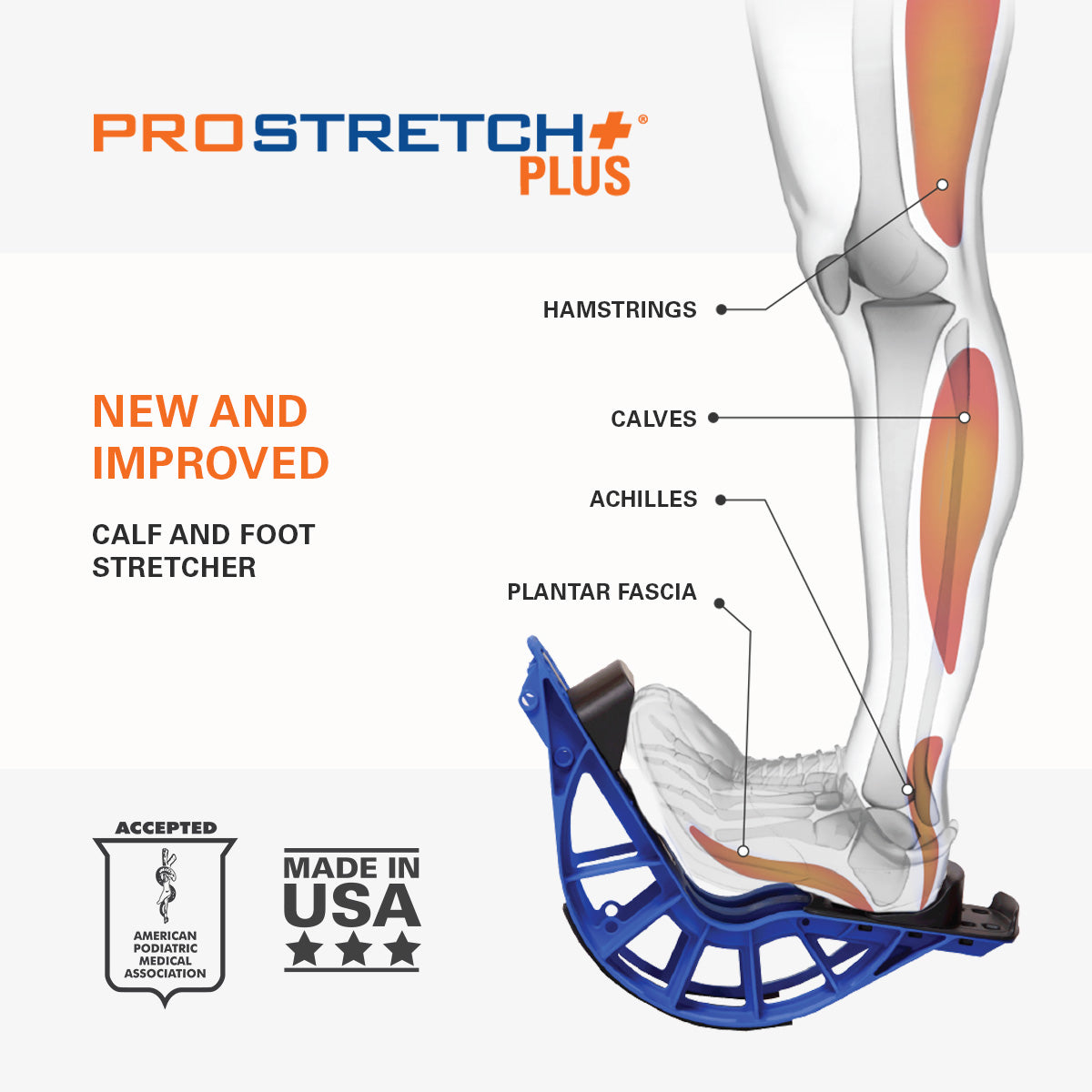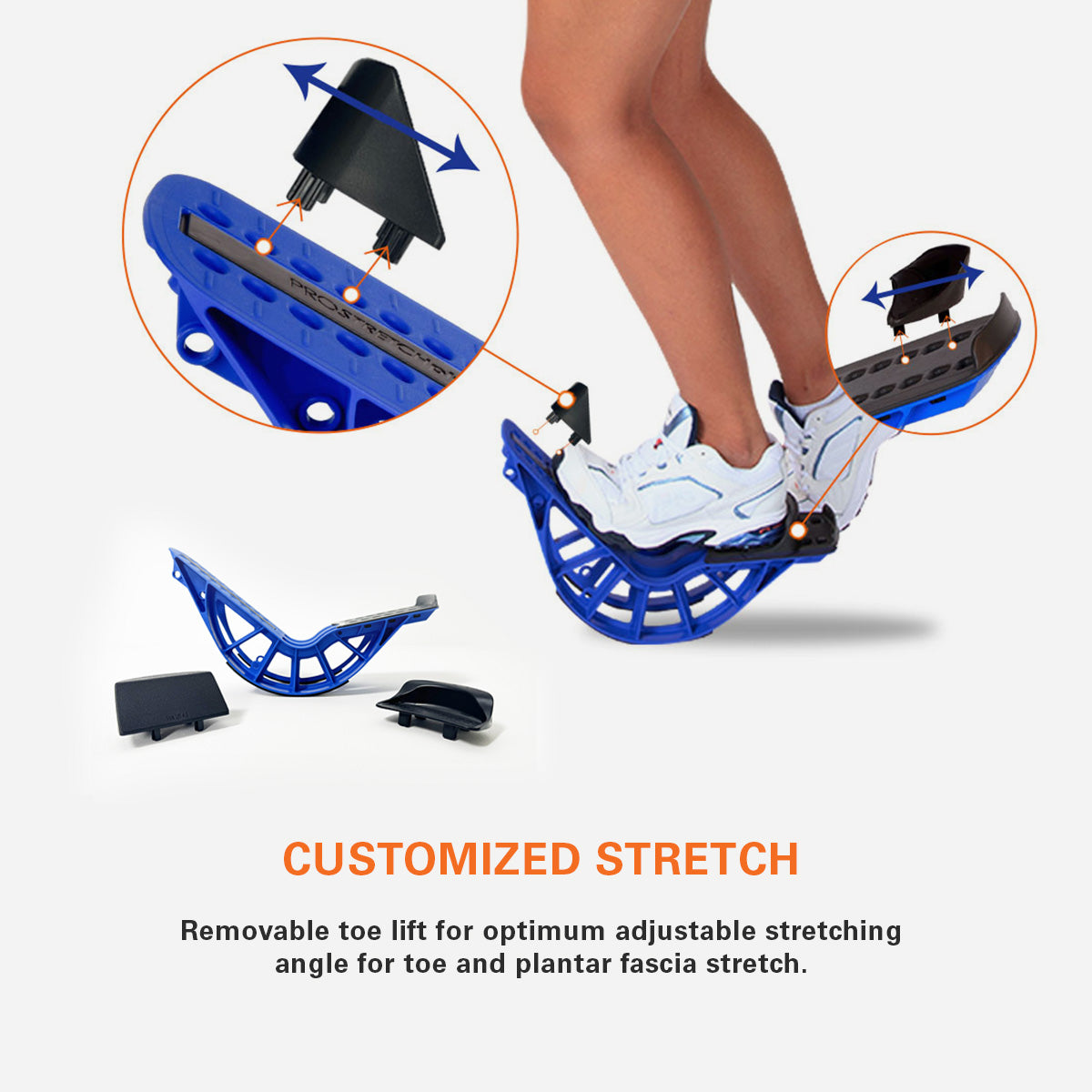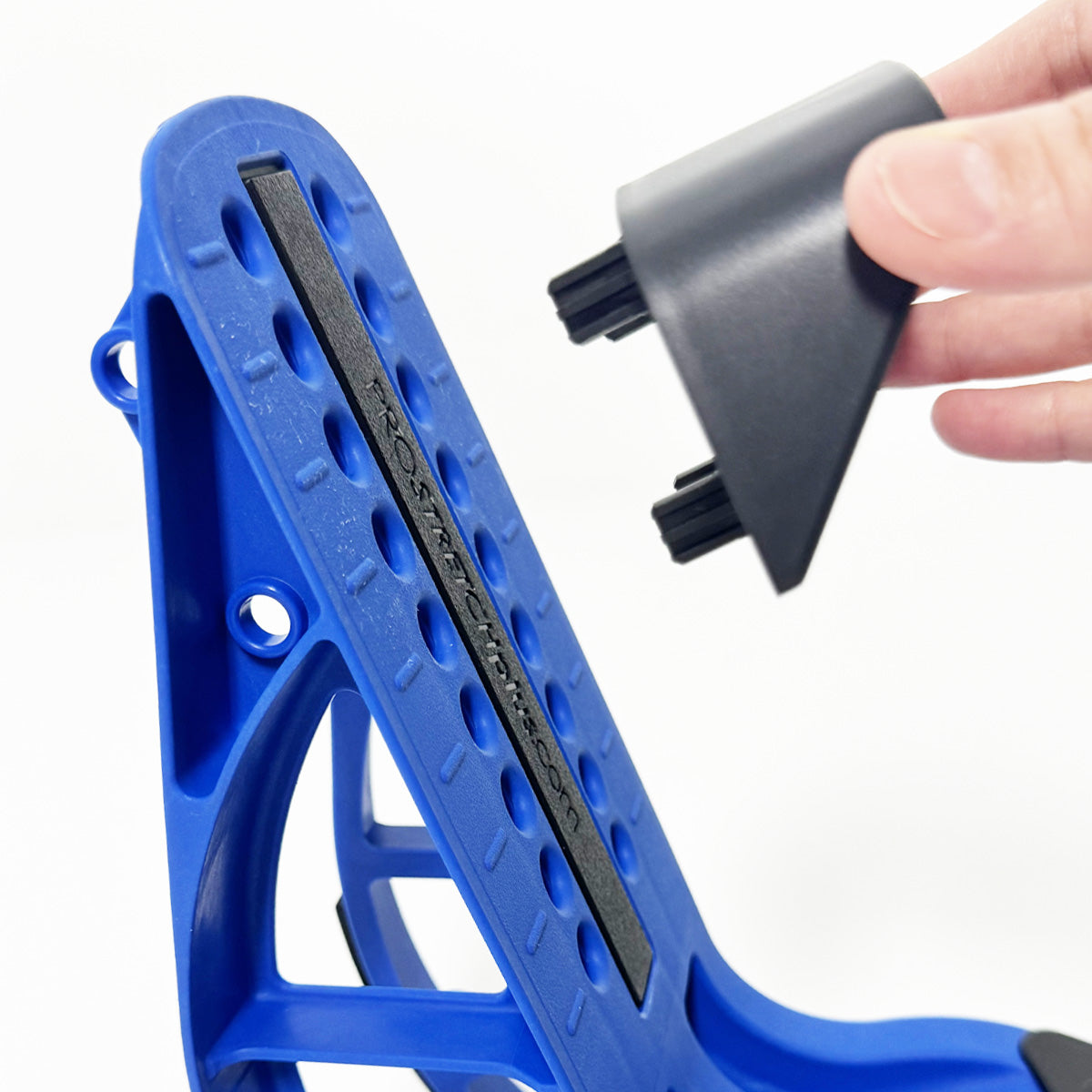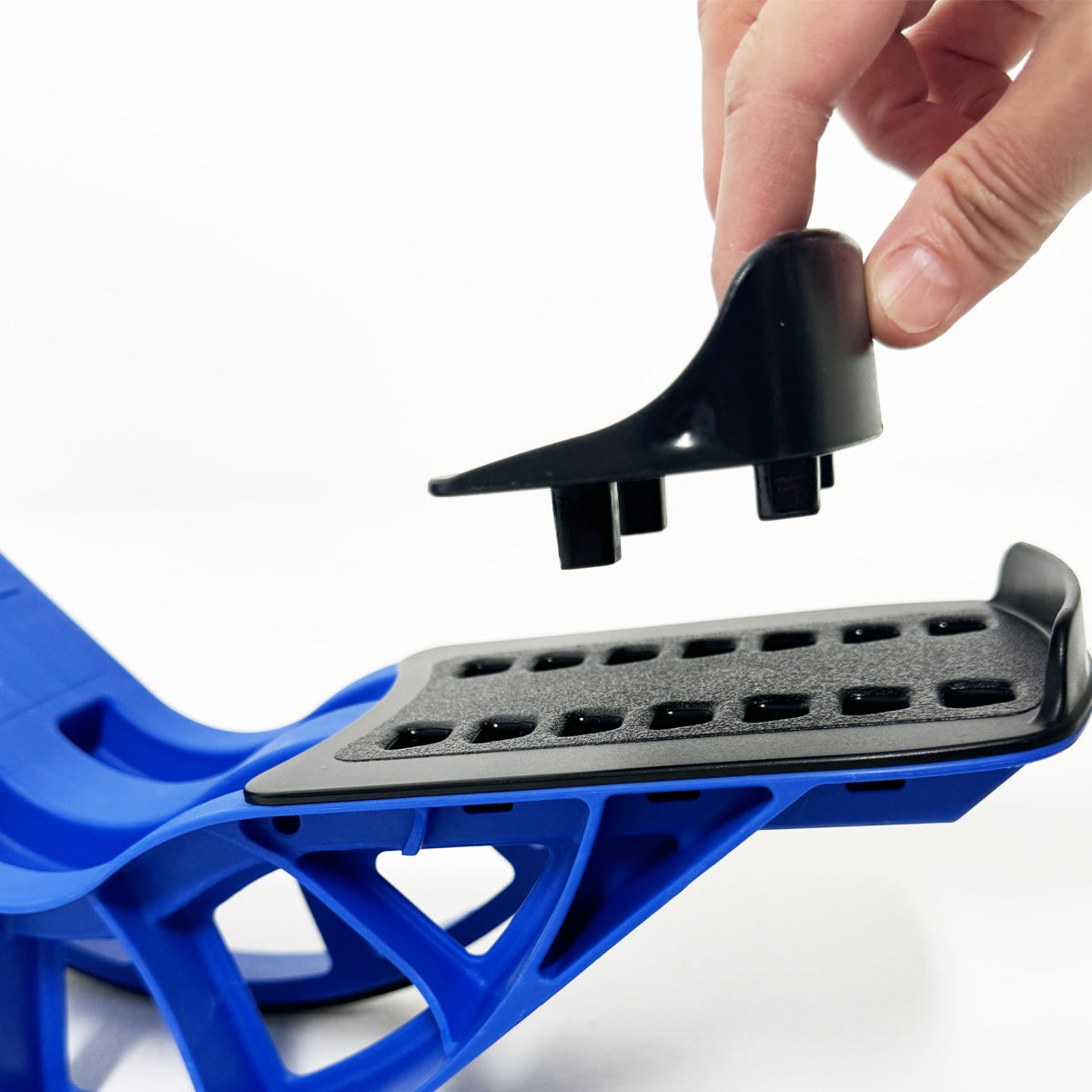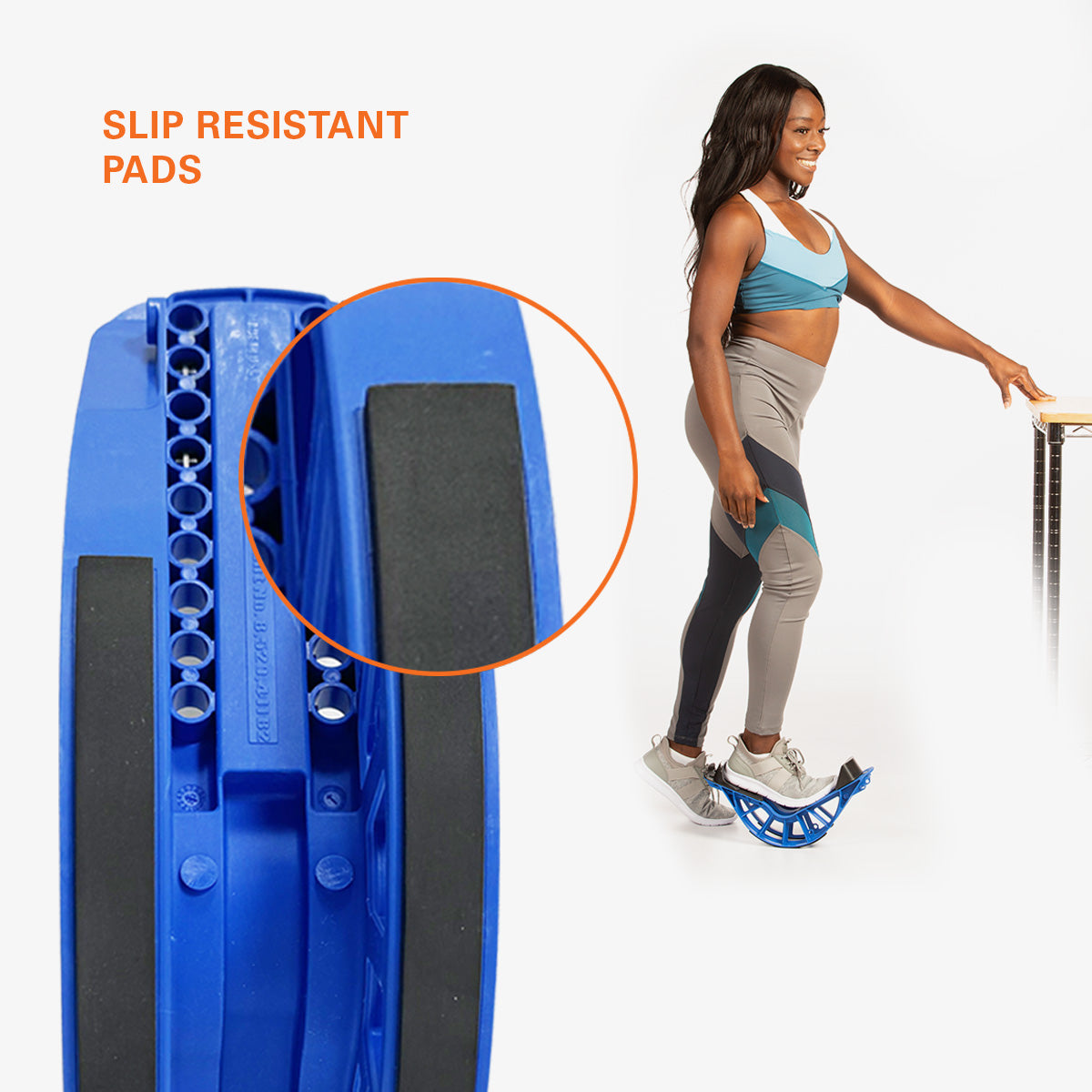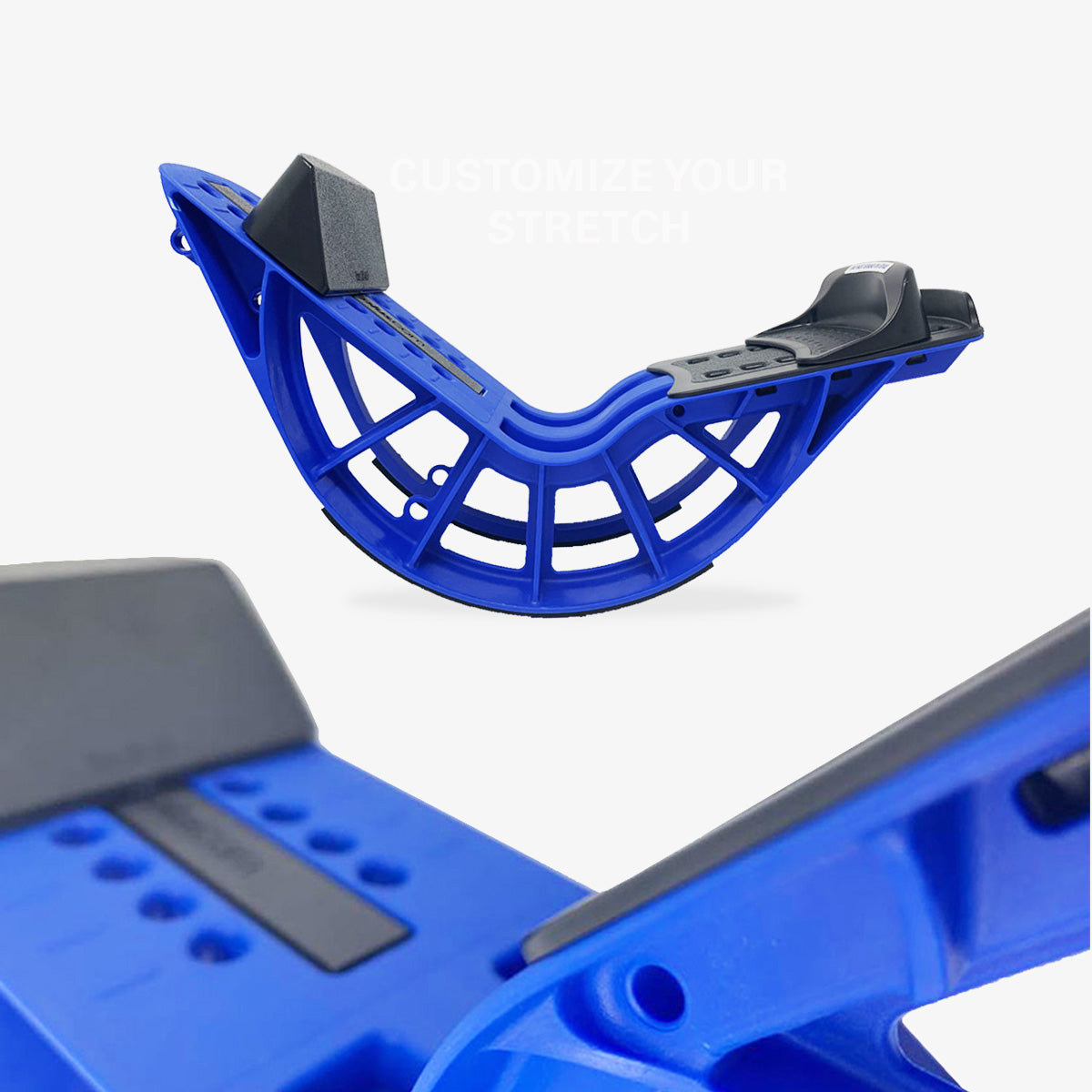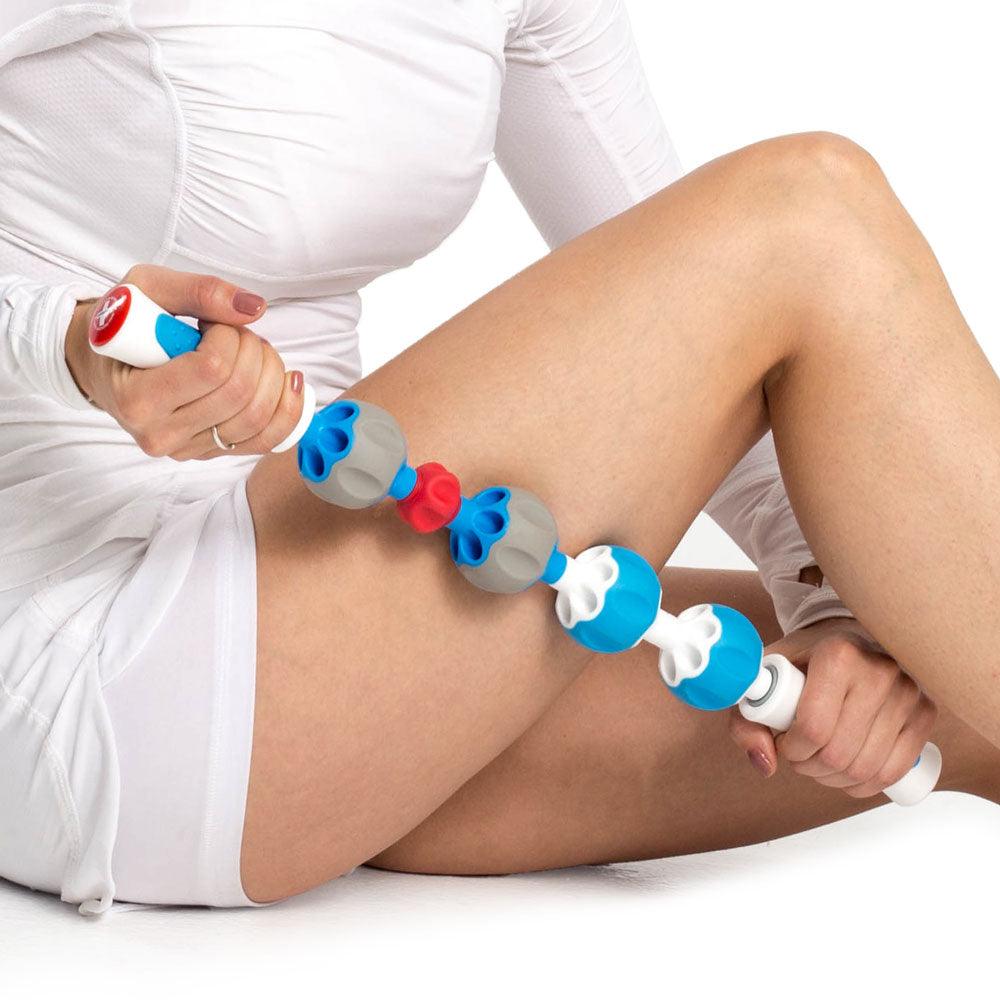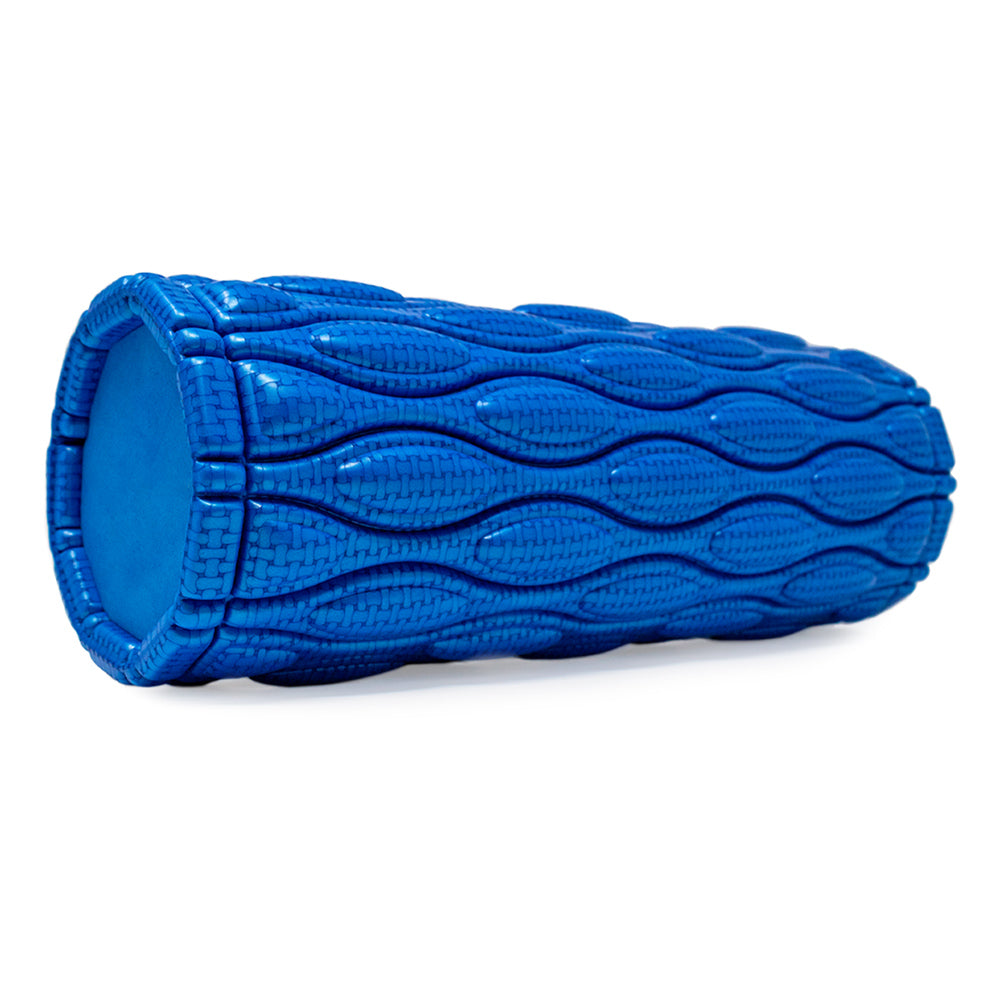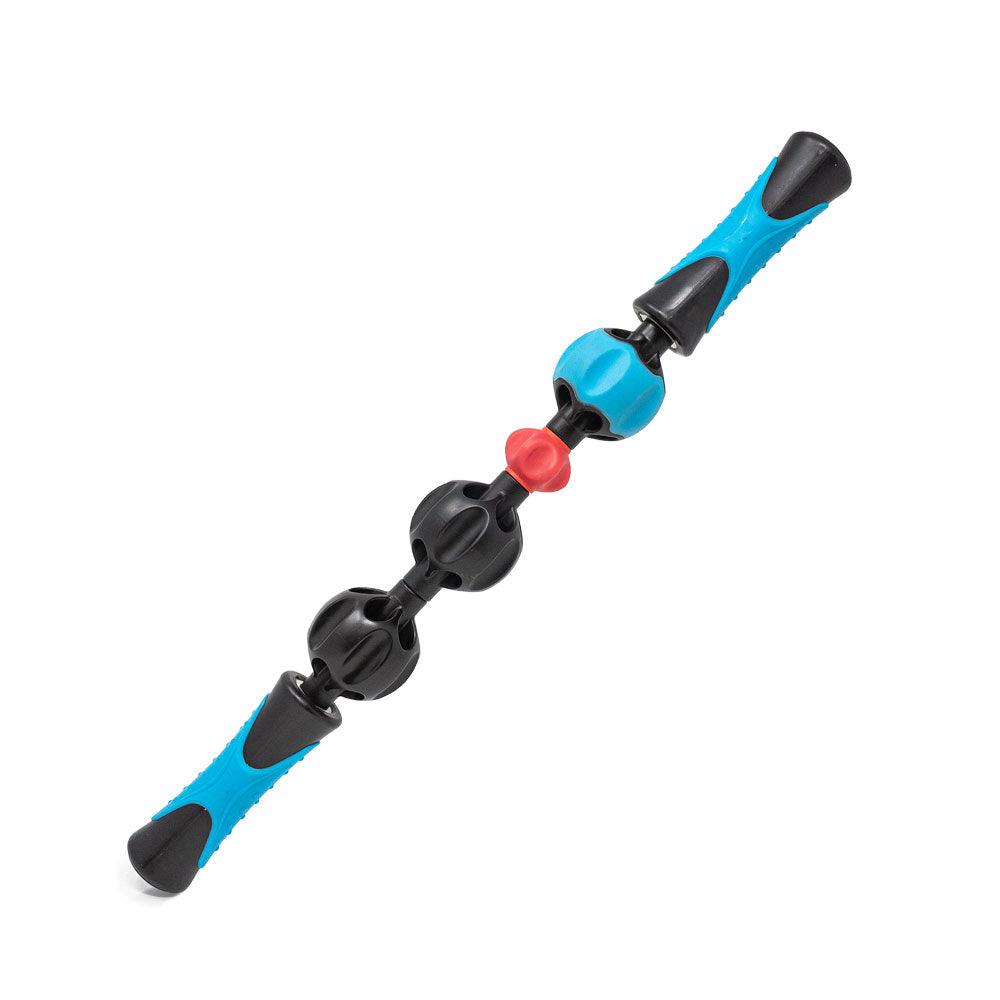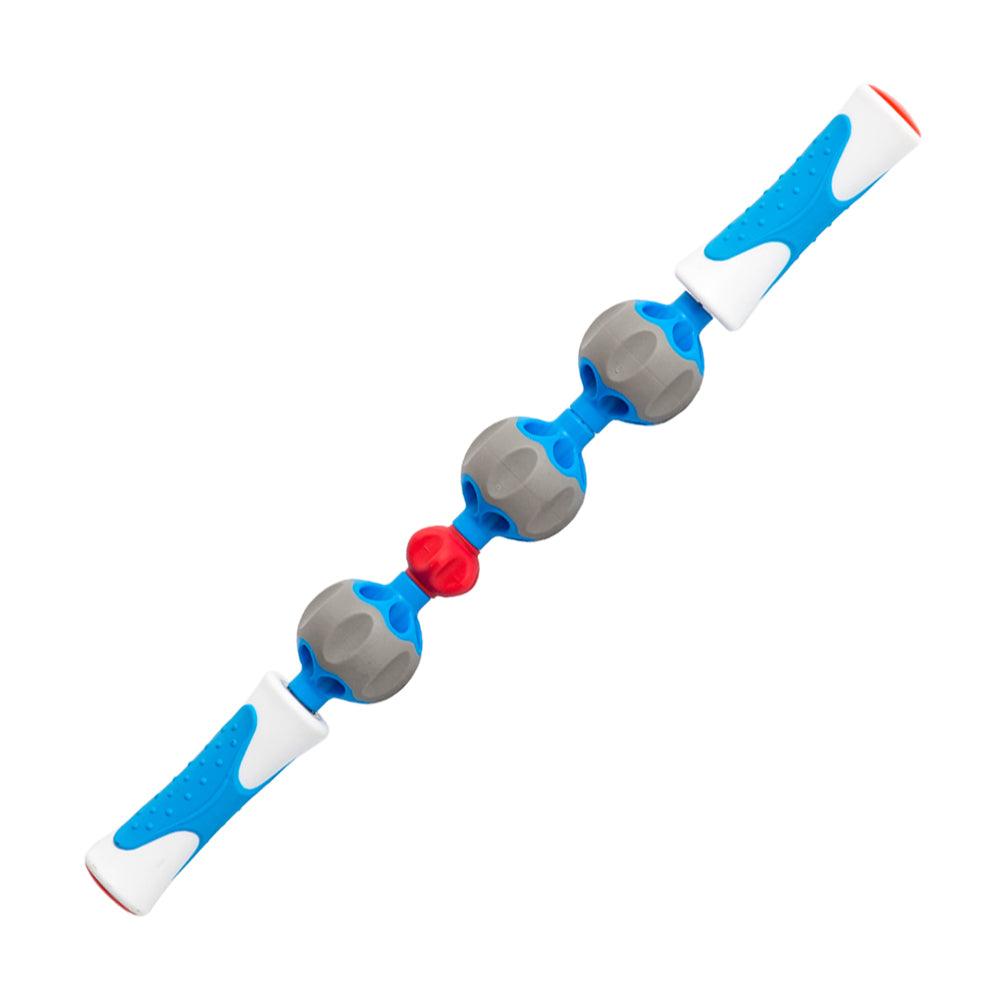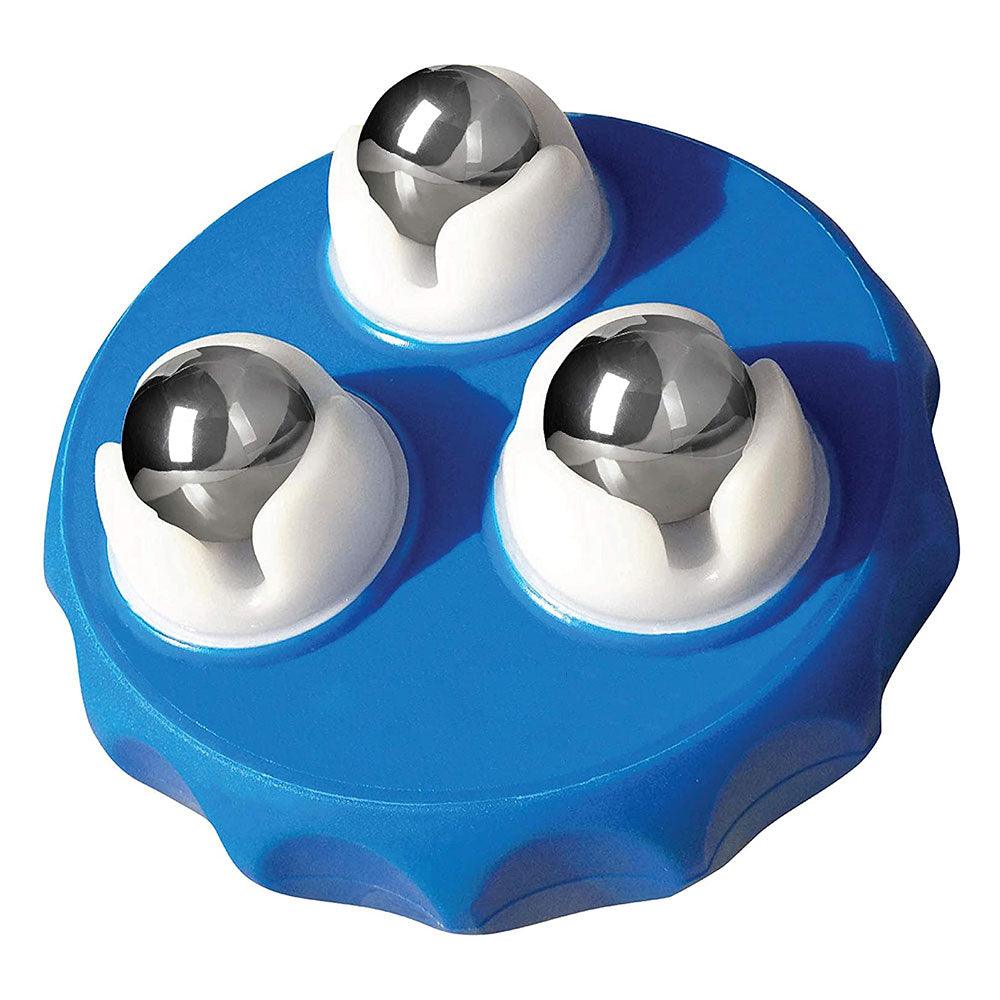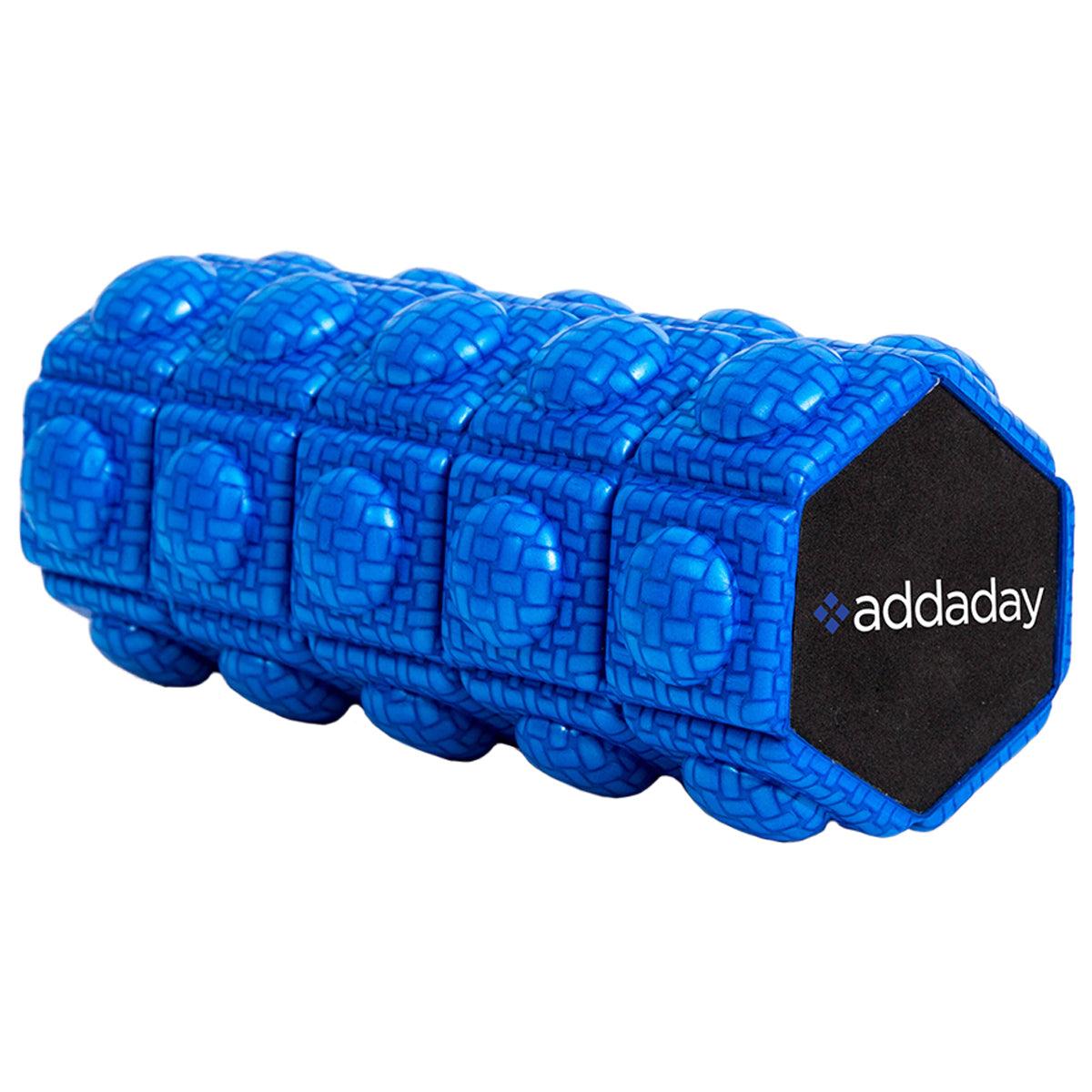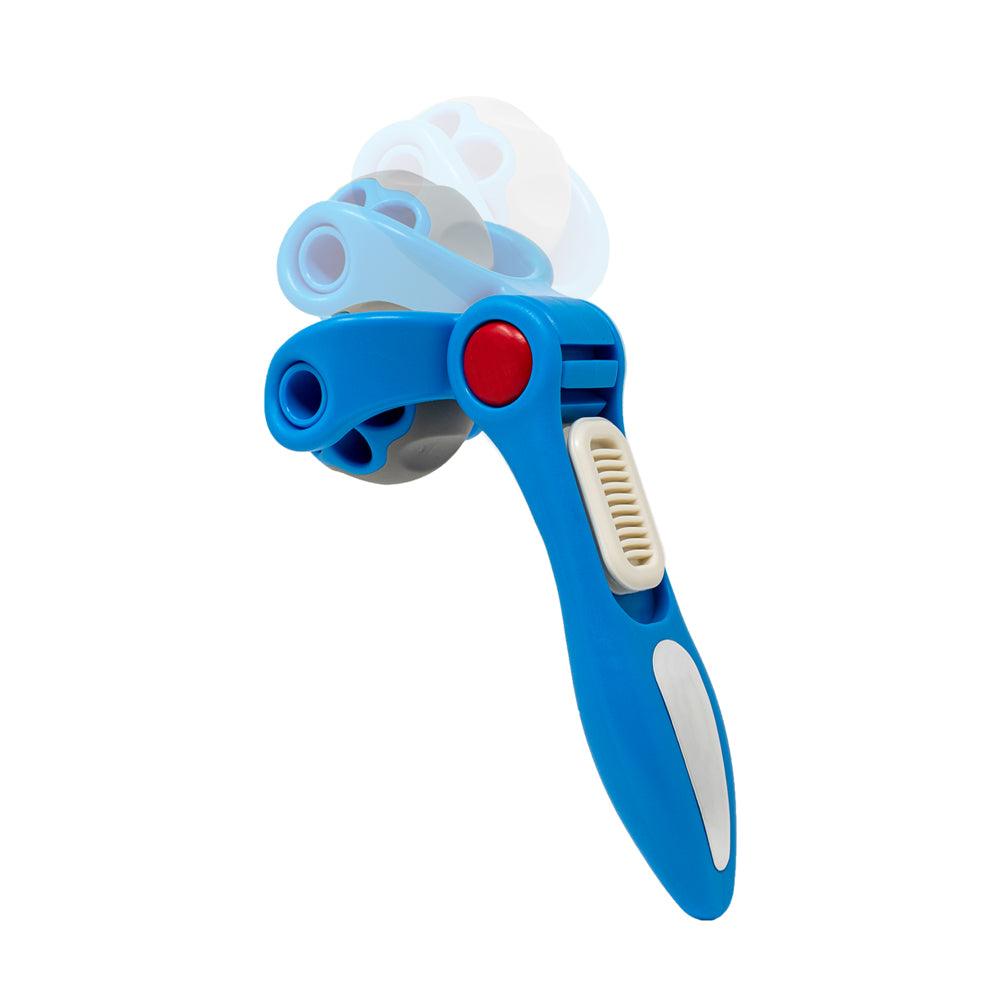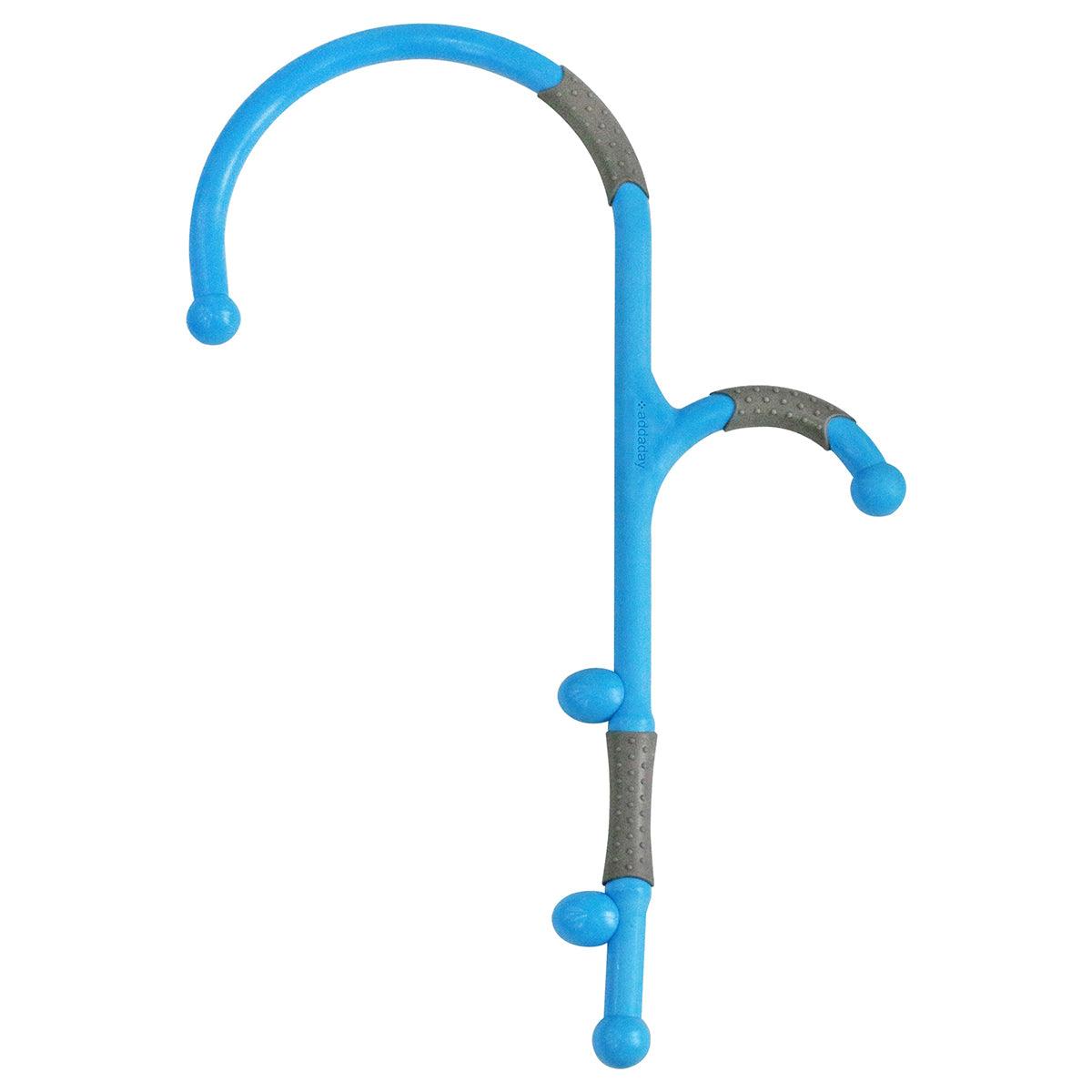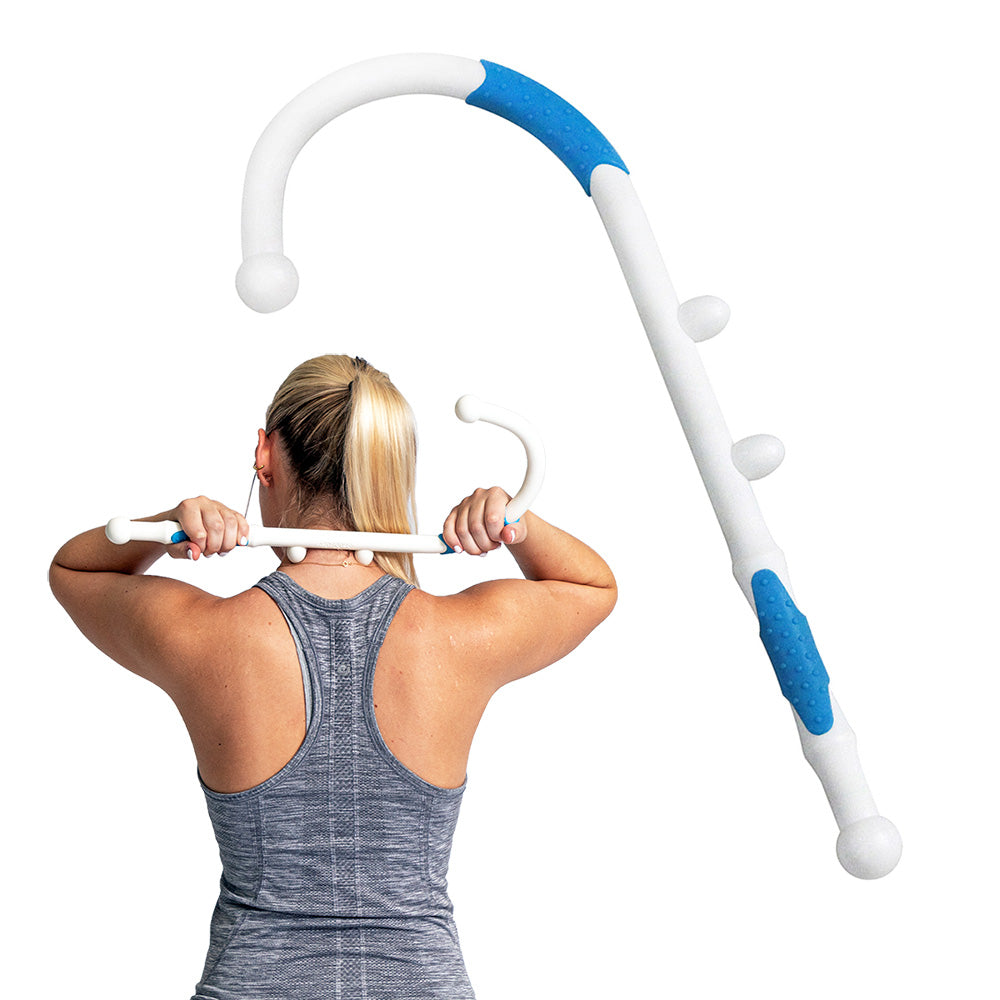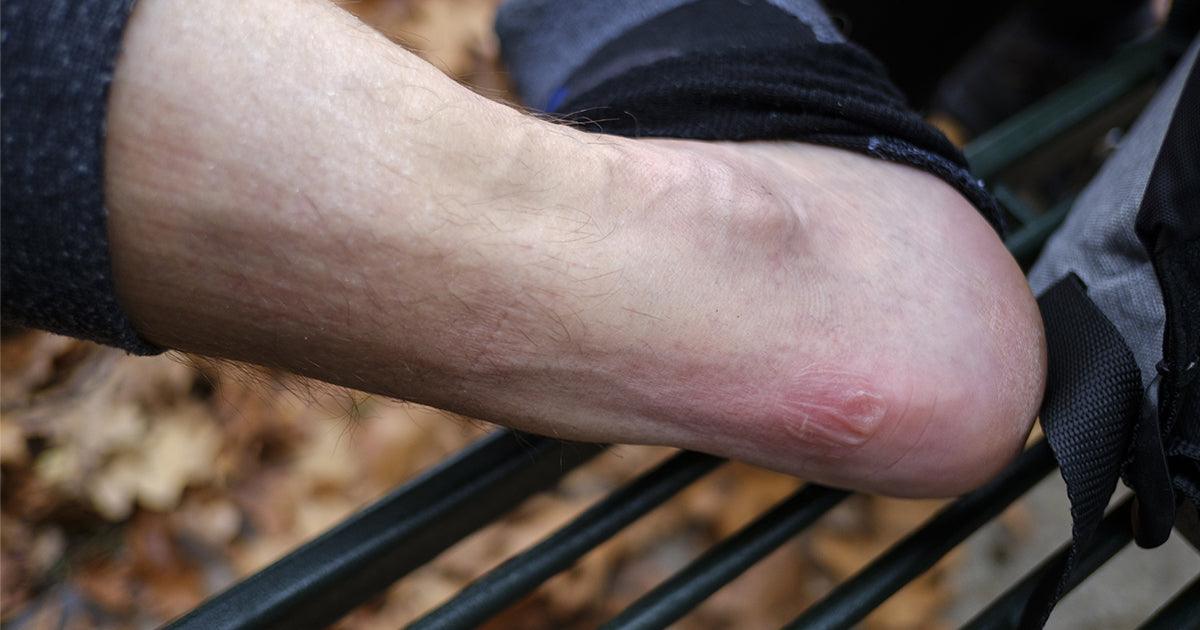Your ankle is composed of an intricate system of tendons, muscles, ligaments, and bones that allow you to move while bearing the weight of your body. Unfortunately, for runners, ankle injuries are among the most common forms of injury alongside knee, hip, and foot injuries.
Athletic activity accounts for half of all ankle sprains alone, and over one million people visit an emergency room because of an ankle injury each year in the United States. These injuries can impact runners of any age, making it challenging to walk, stand, or run.
Knowing how to prevent ankle pain and promote healing can reduce your risk of sustaining an injury and experiencing pain.
Common Causes of Ankle Pain
To learn how to prevent ankle pain while running, understand that these most common causes of it:
- Sprained ankles
- Stress fractures
- Arthritis
- Weak ankles
- Achilles tendinitis
- Tarsal tunnel syndrome
- The wrong shoes
- Previous injuries
If you are experiencing pain, you should know when to visit your doctor to treat it before running again.
How to Prevent Ankle Pain While Running
Knowing how to prevent pain and injury will keep your life full and comfortable, regardless of how long you have been running. Explore these top five ways to prevent ankle pain when running.
1. Run in the Right Shoes
Running in poorly fitted or wrong types of shoes can cause ankle pain and injuries. When selecting a running shoe, find one that fits snugly around your heels and leaves a little wiggle room around your toes.
However, selecting the proper shoes to wear is not enough. It’s essential that you maintain your shoes and adequately care for them to make them last. We recommend that you replace your shoes about every six months.
2. Avoid Uneven Surfaces While Running
Running on uneven surfaces that present trip hazards, such as rocks, roots, holes, and tree stumps, increases your risk of ankle sprains, one of the most common injuries for runners. These surfaces place extra stress on your joints, leading to injuries and pain.
When running, try to run on even roads or dirt roads as much as possible. You should be especially cautious of where you choose to run if you experience chronic ankle pain or recurrent ankle injuries.
3. Strengthen Your Ankle Muscle and Joints
Like almost every other muscle in your body, strengthening your ankle muscles and joints helps increase endurance and prevent pain and injury. In addition to strength training, we recommend that you add flexibility exercises to your routine to improve your ankle's range of motion and your overall balance. Finally, make sure you are warming up before running. This allows your ankle to stretch out and get used to moving before you make it work.
4. Build Up Your Running Routine
Like all forms of exercise, you must start slow and build up your running routine gradually. For example, suppose you’re training for a 5k run. Would you expect to be able to run that total distance the first day? Increase the distance and intensity of your runs gradually over several weeks.
When building up your routine avoid increasing distance and intensity during the same week. Instead, focus on one or the other at a time, and your body will thank you for it.
5. Know When to Rest
Listen to your body and rest whenever you are experiencing pain or have sustained an injury. Pushing yourself when injured can lead to further injuries or chronic pain.
Treating Ankle Pain at Home
While knowing how to prevent pain is the best form of treatment, here are the steps you should take to treat ankle pain and injuries at home.
- Rest: Running on an injury can cause further injuries. While experiencing pain, stay off of your ankle as much as possible to give it the chance to heal.
- Ice: Icing your injury can help ease pain and reduce inflammation. Try to ice your ankle three times a day for 15 to 20 minutes at a time.
- Over-the-counter medications: You can reduce swelling and pain by taking over-the-counter medications such as ibuprofen or naproxen.
- Compression: Compression bandages support your ankle muscles and reduce ankle swelling by increasing blood flow from the leg to the heart.
While most ankle injuries can be treated at home, you must know when to seek immediate medical attention or see a doctor. Talk to your doctor if you cannot put any weight on your foot or experience severe pain, swelling, or signs of an infection.
The Next Step
Medi-Dyne is committed to providing athletes, physicians, and other individuals with ankle support and innovative pain solutions. Give your ankle the rest, strength, and support it needs with compression sleeves, heel cups, and gentle stretching devices.
Treat your ankle pain and give your ankle the support it needs with a Medi-Dyne pain solution. Have a question? Contact us today to learn more about our products to find relief from ankle pain.
OTHER RELATED TOPICS:
CAN ANKLE COMPRESSION SLEEVES HELP YOUR CHRONIC ANKLE PAIN?
PREVENTING ANKLE INJURY AND RE-INJURY
TOP RUNNING INJURY NO. 2: WEAK ANKLES
HOW PROPER SUPPORT CAN RELIEVE SHIN SPLINTS AND WEAK ANKLES
PLEASE NOTE: The information on this website and article is for information only and should not be used as a substitute for consulting your doctor. Consult your doctor for proper diagnosis and rehabilitation.





